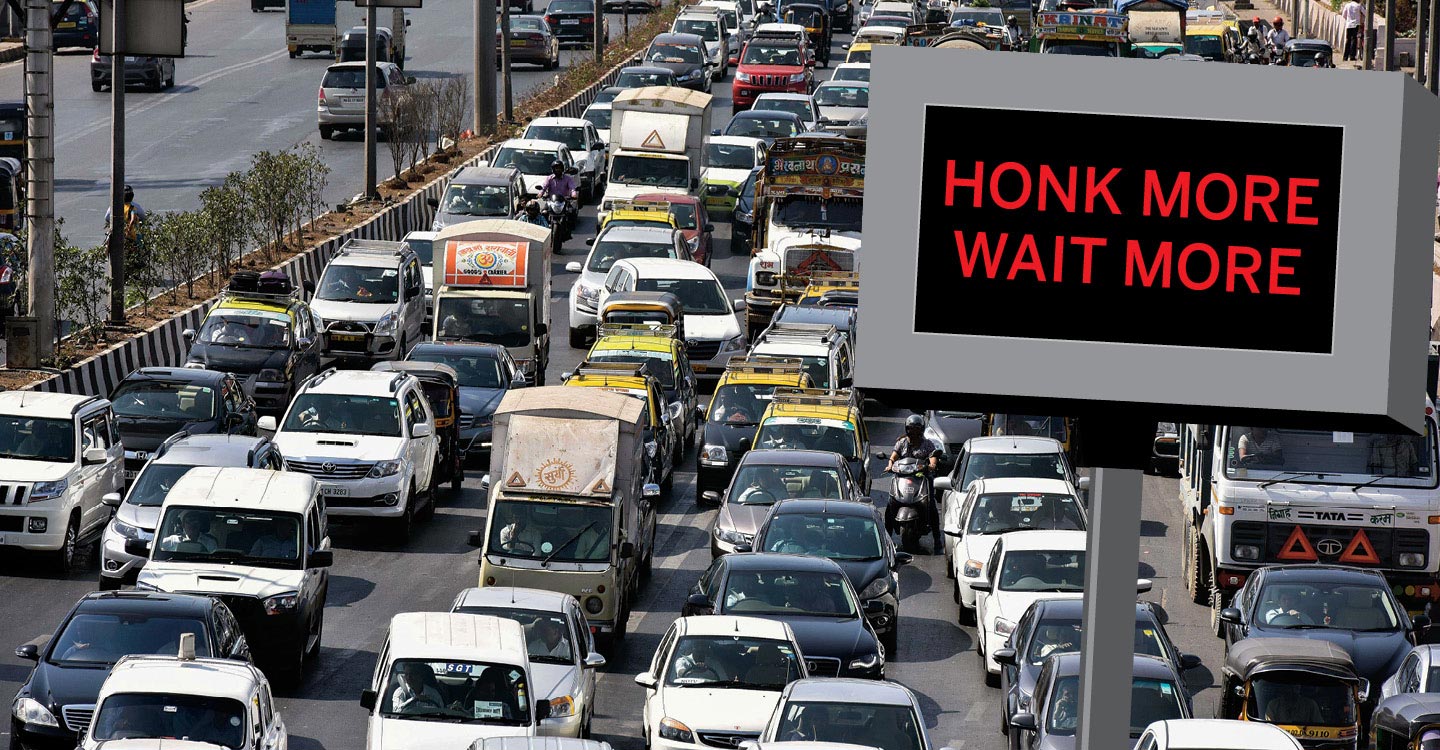In India, drivers use their horns constantly—and for some, it’s too much. Police in Mumbai, the country’s most populous city, recently decided to teach drivers a lesson, installing devices that detect noise at some intersections. When honking rose above a certain decibel level, the traffic lights stayed red. Although there were signs (“Honk more, wait more”), it took a while for drivers to catch on. A video of the confusion went viral on social media. But while the footage is funny, noise pollution is a real problem, contributing to health issues such as hearing loss and heart attacks. Les Blomberg, executive director of Noise Pollution Clearinghouse, hopes Mumbai will inspire other places to try creative solutions. “Often noise is from technology, so we think this is the price of living in the 21st century,” he says. “But technology can quiet noise too. It’s just a matter of whether we employ it or not.”

